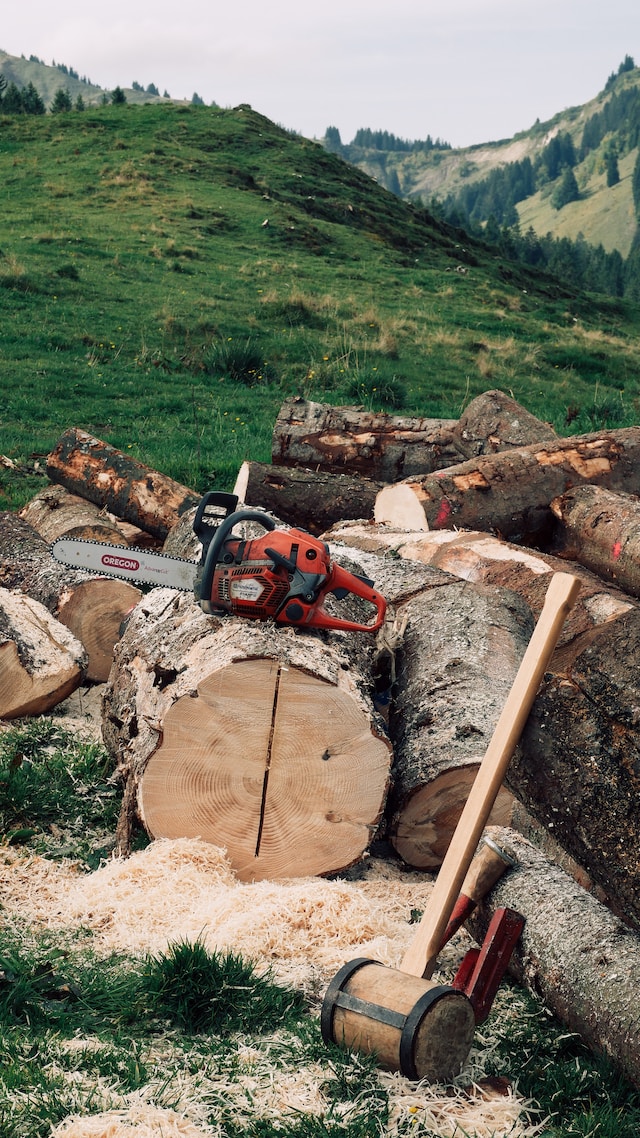A new bathtub can greatly enhance your bathroom’s comfort and resale value. Choose the tub that will fit your needs and lifestyle to get the best value for your money.
Before starting any remodeling project, rent a dumpster to store all the old tile and drywall that will be removed. This will save you time and frustration later on.
Cost
Many factors impact the cost of replacing a bathtub, from the style of tub chosen to installation costs. For example, a basic fiberglass bathtub costs $200, while a cultured marble tub costs $2,000 or more.
If you need to reroute plumbing, including moving or modifying existing pipes and installing new ones, expect labor costs to increase. Other materials necessary for the job might also add up. For instance, you may need to drywall or redo the floor around the area where the old tub was. You should also reinforce the subfloor or repair water damage.
If you’re concerned about budget constraints, consider refinishing your existing tub rather than replacing it. This option usually costs $300-$600 and involves repairing chips, scratches, and minor dents. However, it’s unsuitable for severely damaged or worn tubs. It won’t hide rust or water damage and doesn’t extend your tub’s life.
Style
Nothing dates a bathroom more than an outdated bathtub. If yours is stained with mildew, cracked or leaking, it’s time to consider replacing it with a new one.
Homebuilders usually perform bathtub replacement Winter Park FL at the framing stage, but if you want to change where the tub is located or need new plumbing set up, you’ll have to pay for these extra costs. You may also have to pay to remove and dispose of the old tub.
You’ll probably need to repair the drywall and redo the tile around your old tub. You’ll also need to reinforce the floor that supports the tub or replace it if you discover water damage.
Look for a tub and surround that comes as a single, complete unit. These are the easiest to install. Four-piece systems are much harder to work with and can leak, leading to mold growth in the walls and ceiling surrounding your bathtub. Also, avoid fiberglass tub/shower combinations with separate pieces; they tend to flex and bend, causing leaks around the drain.
Materials
While bathtubs are a great investment that can add value to your home, they’re only built to last for a while. Over time, even a tub that’s only ten years old can develop issues such as cracks, chips and rust.
Regular maintenance and the right bathtub material can prevent some of these issues. Whether you have fiberglass, porcelain or enameled cast iron, each material has different properties that make it suitable for different purposes.
For example, ceramic-enameled cast iron is a great choice for families since it holds heat well. Porcelain-enameled steel tubs, on the other hand, are not prone to cracking or chipping. For a long-lasting bathtub, you should refinish it every five to ten years. Acrylic polymers are the safest options for refinishing because they don’t contain harmful isocyanates, which can trigger asthma over prolonged exposure. While some homeowners may refinish themselves, having professionals handle this job is best.
Installation
Replacing a bathtub takes more than just removing the old tub and installing the new one. The frame, plumbing and tiles will need to be replaced if they’re damaged or worn out. That extra work will add 10% to 20% to the project’s overall cost.
If you have extensive do-it-yourself experience, you can replace your bathtub without the help of a contractor. Start by shutting off the water supply, removing the overflow and drain cover, and disconnecting the flange attached to the wall studs. Then, pry or unscrew the nails and screws holding the flange.
Next, measure the height of the flange and draw a floorplan of your bathroom to determine if other fixtures, like a sink or toilet, will be in the way when you remove the tub. Protect the floor with plywood if necessary. After installing the new tub, apply a generous bead of caulking around the edge and test for leaks.

 Revamping Your Bathroom Space: The Journey to Selecting the Perfect Cabinets
Revamping Your Bathroom Space: The Journey to Selecting the Perfect Cabinets  Strengthening Your Team: The Role of Background Checks in Modern Hiring Practices
Strengthening Your Team: The Role of Background Checks in Modern Hiring Practices  Keeping Your Hearth in Top Shape: The Value of Routine Fireplace Repair
Keeping Your Hearth in Top Shape: The Value of Routine Fireplace Repair  Septic Systems: Maintenance Tips for Homeowners
Septic Systems: Maintenance Tips for Homeowners 


